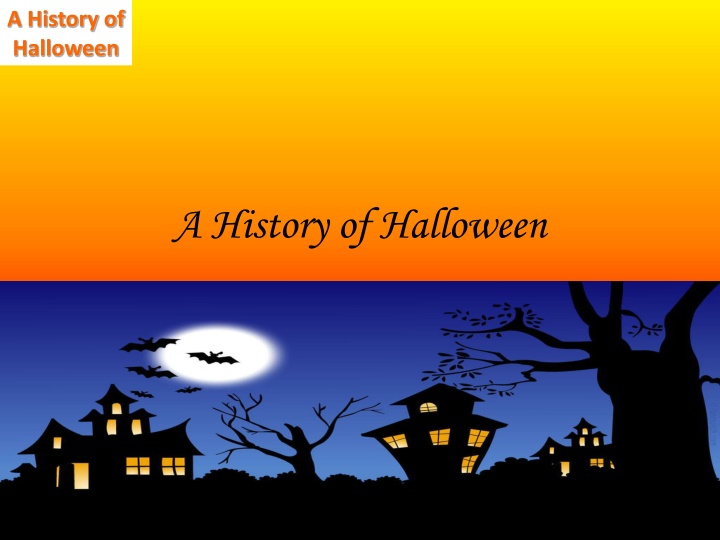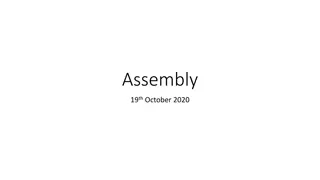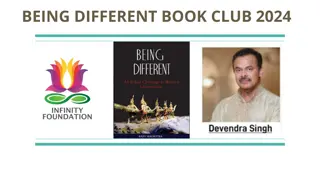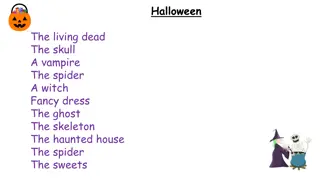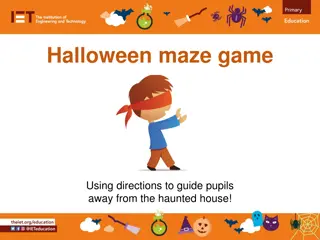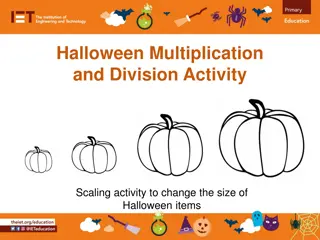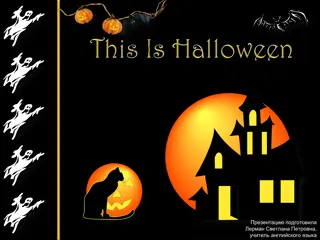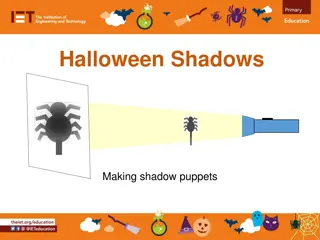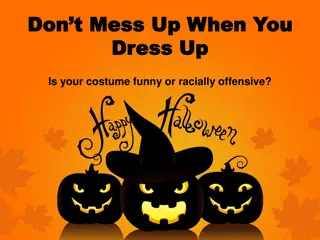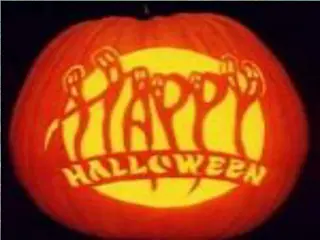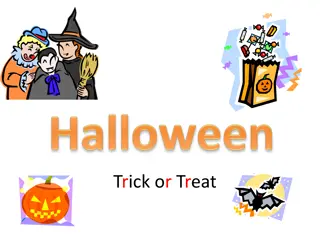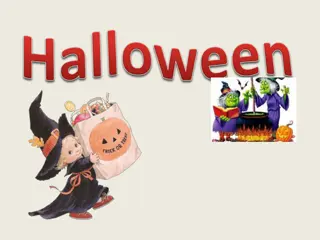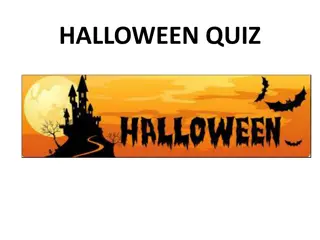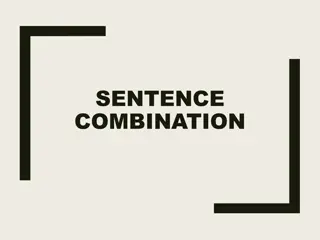The Origins and Traditions of Halloween
Halloween traces back to the ancient Celtic festival of Samhain, marking a time when the boundary between the living and the dead blurred. The Celts celebrated with bonfires, costumes to ward off spirits, and offerings. Over time, these customs evolved into modern practices like pumpkin carving and trick-or-treating, blending history with festive traditions still observed today.
Download Presentation

Please find below an Image/Link to download the presentation.
The content on the website is provided AS IS for your information and personal use only. It may not be sold, licensed, or shared on other websites without obtaining consent from the author.If you encounter any issues during the download, it is possible that the publisher has removed the file from their server.
You are allowed to download the files provided on this website for personal or commercial use, subject to the condition that they are used lawfully. All files are the property of their respective owners.
The content on the website is provided AS IS for your information and personal use only. It may not be sold, licensed, or shared on other websites without obtaining consent from the author.
E N D
Presentation Transcript
A History of Halloween A History of Halloween
Halloween's origins date back to the ancient Celtic festival of Samhain. The Celts lived 2,000 years ago in the area that is now Ireland, the United Kingdom, and northern France. They celebrated their new year on November 1. This day marked the end of summer and of the harvest, and marked the beginning of the dark, cold winter. The cold winter was a time of year that was often associated with human death at this time.
Celts believed that on the night before the new year, the boundary between the worlds of the living and the dead became blurred. They celebrated Samhain on the night of October 31, and they believed that the ghosts of the dead could return to earth on this night. In addition to causing trouble and damaging crops, Celts thought that the presence of these spirits made it easier for the Druids, or Celtic priests, to make predictions about the future. These predictions were an important source of comfort and direction during the long, dark winter. At a time when people relied heavily on their crops as a source of food, the Celts would have done anything which they thought would help them through the hard winter.
To celebrate the event, Druids built huge sacred bonfires, where the people gathered to burn crops and animals as sacrifices to the Celtic gods. During the celebration, the Celts wore costumes which would disguise them from the spirits. Typically these costumes consisted of animal heads and skins.
Halloween is an old tradition here in Ireland and also in Scotland. In these countries, people dressed up and carried lanterns made of turnips. When people moved from Ireland and Scotland to the United States and other places around the world, they started using pumpkins instead of turnips. This is where pumpkin lanterns were first created. Today it is very easy to buy pumpkins in your local supermarket, and many homes carve these into scary faced lanterns.
There was also a tradition of giving food to the spirits. As the years went by this tradition changed to a situation where people gave food to poor people. This is where our modern day trick-or-treating comes from.
